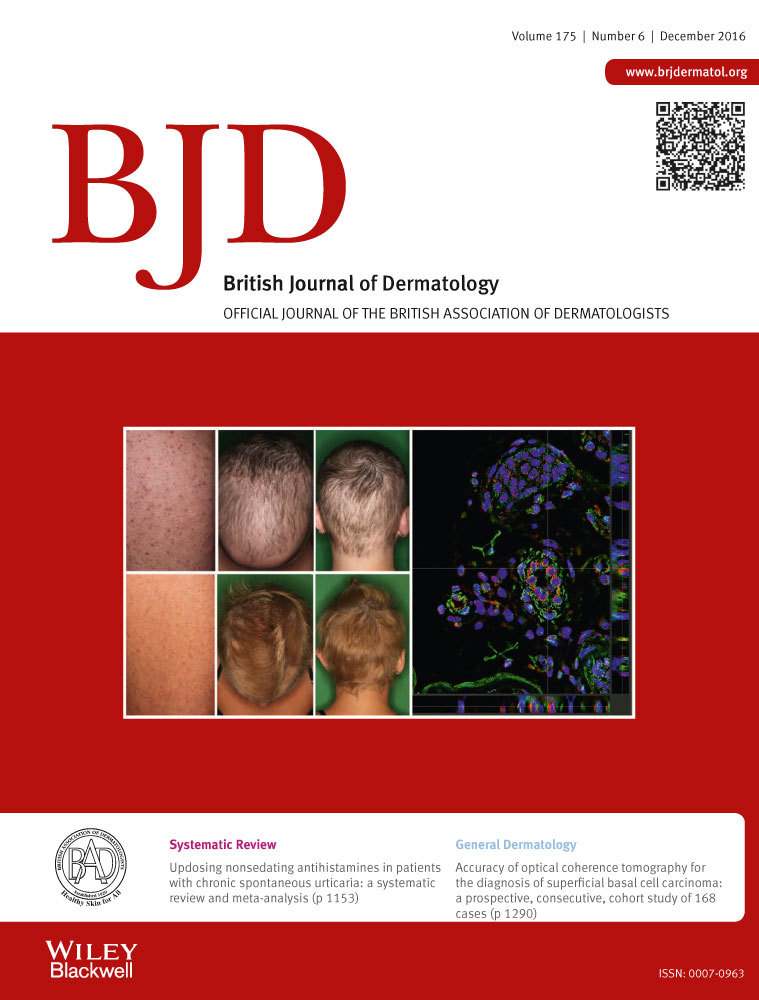Antibiotic prophylaxis for skin toxicity induced by antiepidermal growth factor receptor agents: a systematic review and meta-analysis
Summary
Topical and systemic prophylactic measures, which are administered before the development of epidermal growth factor receptor (EGFR)-related acneiform rash, are appropriate interventions to mitigate the intensity of skin toxicity. We have performed a systematic review and meta-analysis to evaluate whether prophylactic antibiotics may reduce the occurrence and severity of anti-EGFR drug-related skin rashes. A systematic review was performed by searching Medline, Scopus, Embase, CINAHL, LILACS, Web of Science and the Cochrane Library from inception until March 2016 for publications regarding the pre-emptive role of antibiotics for EGFR-induced skin rashes. Fixed- or random-effects meta-analyses, according to heterogeneity, were used to summarize odds ratios of skin toxicity with antibiotic use. Of the 827 citations found in the search, 13 studies comprising 1073 patients were included in the analysis. In 12 studies, patients in the prophylactic antibiotic arms had a lower risk of developing a skin rash (odds ratio 0·53, 95% confidence interval 0·39–0·72, P < 0·01) than patients without antibiotic prophylaxis. In particular, moderate-to-severe toxicities (grades 2–4) were reduced by nearly two-thirds (odds ratio 0·36, 95% confidence interval 0·22–0·60, P < 0·01) in 13 studies. This translated to a 26% absolute difference of high-grade skin rash compared with the control arms (from 50% to 24%). The results of this meta-analysis show that the risk of skin rash after treatment with anti-EGFR agents for solid tumours was significantly lower in patients taking prophylaxis with antibiotics than in those who were not. Therefore, taking pre-emptive tetracyclines for several weeks at the start of anti-EGFR treatment can significantly reduce the incidence and severity of cutaneous acneiform rash.




